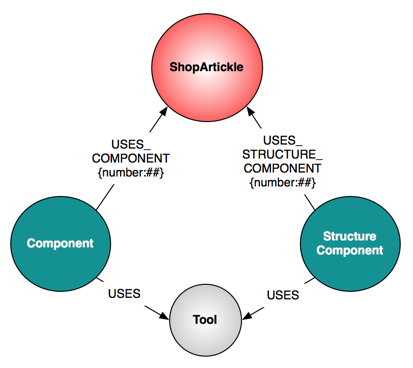The first GraphGist Challenge completed by Anders Nawroth.
From the post:
We’re happy to announce the results of the first GraphGist challenge.
First of all, we want to thank all participants for their great contributions. We were blown away by the high quality of the contributions. Everyone has put in a lot of time and effort, providing thoughtful, interesting and well explained data models and Cypher queries. There was also great use of graphics, including use of the Arrows tool.
We thought we had high expectations, but the contributions still exceeded them by far. In this sense, everyone is a winner, and we look forward to sending out a cool Neo4j t-shirt and Graph Connect ticket or a copy of the Graph Databases book to all participants. And for the same reason, we strongly advice you to go have a look at all submissions.
The winners:
At third place, we find Chess Games and Positions by Wes Freeman. He makes it all sound very simple:
…
Learning Graph by Johannes Mockenhaupt comes in at second place. Here’s his own introduction to it:
…
The US Flights & Airports contribution from Nicole White finished first in this challenge. Congrats Nicole!
….
The near future:
If you want to have a look at the GraphGist project, it’s located here: https://github.com/neo4j-contrib/graphgist. It’s a client-side only browser-based application. Meaning, it’s basically a bunch of Javascript files. We’d be happy to see Pull Requests for the project. Please note that you can contribute styling or documentation (as a GraphGist), not only Javascript code!
We already got questions about the next GraphGist challenge. Our plan is to run the next challenge around the time Neo4j 2.0 gets released. Currently we think that will mean a closing date before Christmas. We’ll keep you posted when we know more.
Anders provides great descriptions of the winners but see their entries for full details.
For that matter, see all the entries. The breath of applications may surprise you.
Even if not, it will be good preparation for the next GraphGist challenge!
